This article refers to the following topics: transplanting germinated cannabis seeds, transplanting germinated marijuana seeds from paper towel, transplanting germinated cannabis seeds to pots, transplanting germinated seeds to soil, transplanting a marijuana sprout, transplanting a germinated cannabis seed, germination to transplant, planting germinated marijuana seeds, transplanting sprouted cannabis seeds, planting germinated seeds in pots, planting germinated seeds in rockwool.
In this article you will find answers to the following questions: how to transplant a germinated cannabis seed, should I feed marijuana plants after transplanting, how to transfer germinated cannabis seeds, can you transplant sprouts, when to transfer germinated seeds, when to feed plants after transplanting, can transplanting kill a plant, planting of germinated cannabis seed, why do my plants die after transplanting, when transplanting seedlings to pots.
Congratulations on successfully germinating your cannabis seeds! Now comes the crucial step of transplanting them into a suitable growing medium. This process requires careful attention to ensure the healthy development of your plants. In this guide, we will explore the best practices for transplanting germinated marijuana seeds into a growing medium. Whether you’re a novice or an experienced grower these tips will help you establish a strong foundation for your cannabis plants.
The choice of a suitable marijuana growing medium is vital for the successful transplantation of germinated cannabis seeds. There are various options available, including soil, coco coir, and hydroponic systems. Each medium has its advantages, so it’s important to consider your specific needs and preferences.
Organic soil enriched with nutrients is a popular choice among cannabis growers. Look for a well-draining soil mix that retains moisture without becoming waterlogged. It should also have a balanced pH level (around 6-7) to support optimal nutrient uptake.
Coco coir is derived from coconut husks and provides excellent water retention while maintaining good drainage. It is often mixed with perlite or vermiculite to enhance aeration. Before use, ensure that the coco coir has been properly buffered to remove any excess salts.
Hydroponic systems, such as deep water culture (DWC) or nutrient film technique (NFT), offer a soilless growing environment. They provide precise control over nutrient delivery and are known for promoting faster growth. However, hydroponics can be more complex to set up and maintain compared to soil-based mediums.
Before transplanting your germinated cannabis seeds, it’s essential to prepare the containers properly. Consider the following steps:
Now that you have your growing medium and containers ready, it’s time to transplant your germinated cannabis seeds. Follow these steps for a successful transplantation process:
After transplanting the germinated seeds, it’s crucial to maintain ideal growing conditions to support their healthy development. Some key factors to consider are:
By following these steps and maintaining optimal growing conditions, you give your transplanted seedlings the best chance for successful establishment and healthy growth.
Transplanted seedlings require optimal growing conditions to thrive. Here are some essential factors to consider:
After transplanting, it’s crucial to provide support to the young marijuana plants to ensure their healthy development. Consider the following measures:
Regular monitoring is essential to ensure the success of your transplanted seedlings. Keep an eye out for any signs of nutrient deficiencies, pests, or diseases. Adjust environmental conditions, watering, and nutrient levels as needed.
Transplanting germinated cannabis seeds into a suitable growing medium is a critical step towards cultivating healthy and thriving plants. By choosing the right growing medium, preparing the containers, and following the correct transplanting procedures, you provide your seedlings with an optimal environment for growth. Remember to maintain ideal conditions, provide support when needed, and monitor the plants closely for any signs of stress. With these best practices in place, you are on your way to successful cannabis cultivation.
When it comes to properly storing cannabis seeds for an extended period, a little TLC goes a long way. To preserve the viability and genetic integrity of your marijuana seeds, they need the right environment. Keep your cannabis seeds in a cool, dark, and dry place, away from fluctuating temperatures and moisture. Utilizing airtight containers or seed vaults adds an extra layer of protection against external elements. By maintaining optimal storage conditions, you can confidently store your marijuana seeds for over a year without compromising their quality. So, my friend, show your cannabis seeds some love and care, and they’ll be ready for future growing adventures.
Now, let’s explore how to recognize ripe cannabis seeds from the unripe ones. When it’s time to harvest your beloved cannabis plants, the presence of ripe, mature seeds can be a delightful surprise. Ripe cannabis seeds exhibit a dark brown or gray coloration, and they are hard and durable to the touch. On the other hand, unripe seeds may appear light green or white and possess a softer, less mature shell. By recognizing the signs of ripeness, you can ensure that your cannabis seeds have reached their full potential and are ready for storage or future propagation. So, my friend, keep a keen eye out for those plump, mature marijuana seeds, and celebrate the fruits of your labor.
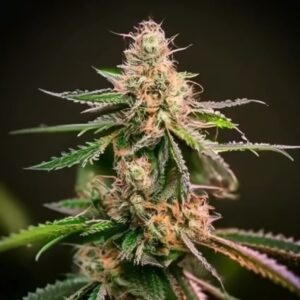


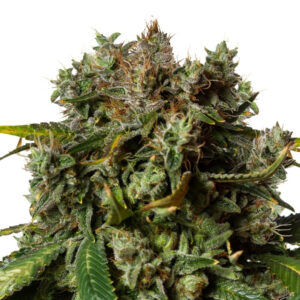

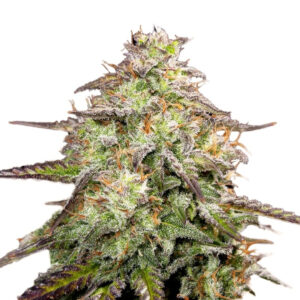
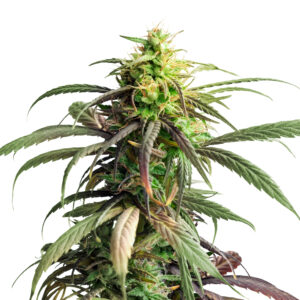






Related Posts
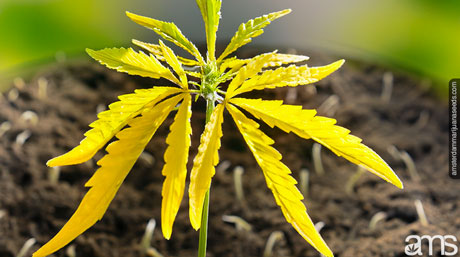
Introduction
This article refers to following topics: cannabis seedling issues, marijuana seedling issues, problems with marijuana seedlings, cannabis seedlings struggling, marijuana seedlings leaning, germinated marijuana seeds problems, problems with cannabis seedlings, cannabis seedlings collapsing, cannabis seedling grow problems
In this article you will find answers to following questions: what are some common issues with germinated cannabis seeds growing into seedlings…

How big do autoflowers get? It all comes down to choosing the right pot size. Explore container types, root care, and yield tips for compact, thriving plants.